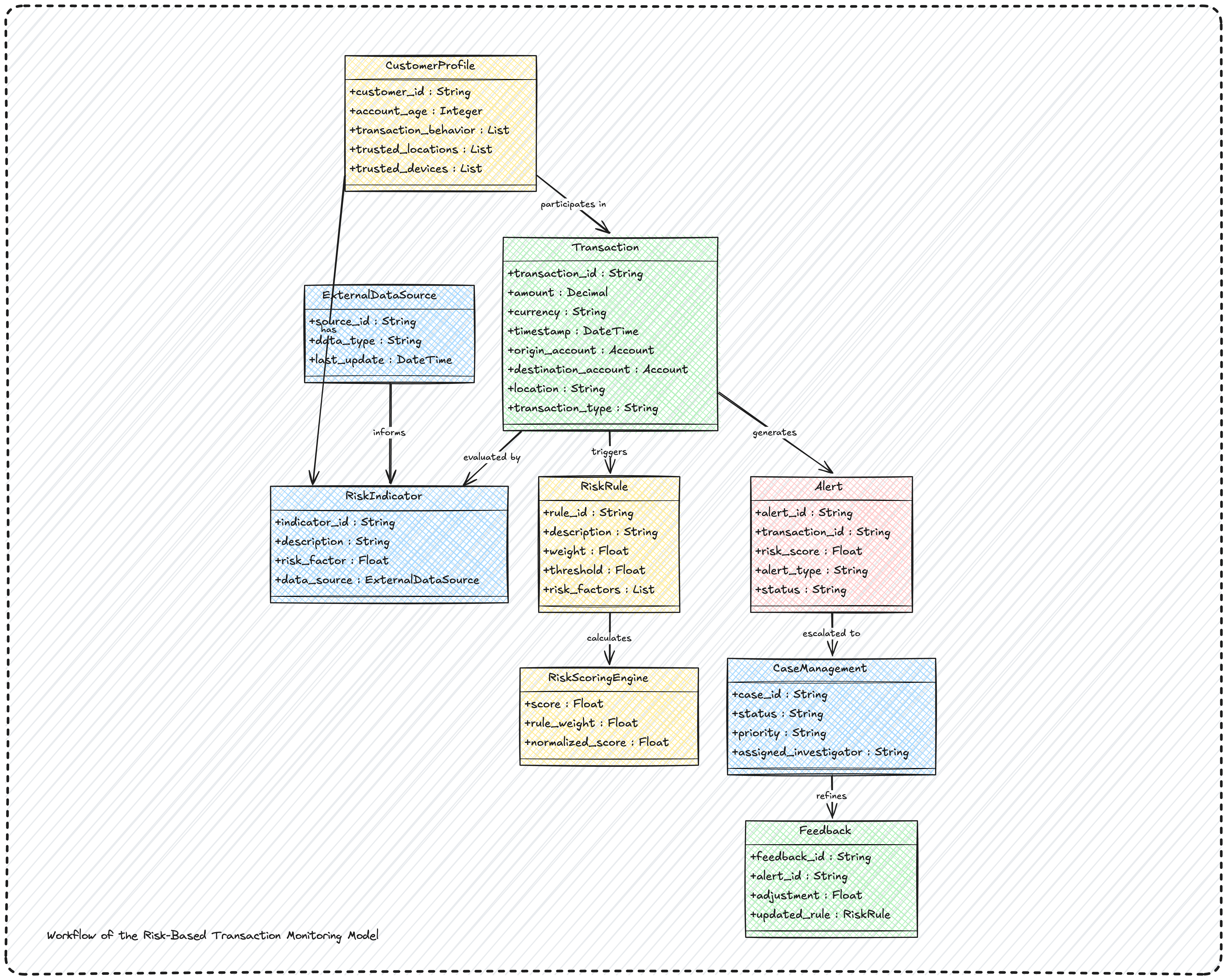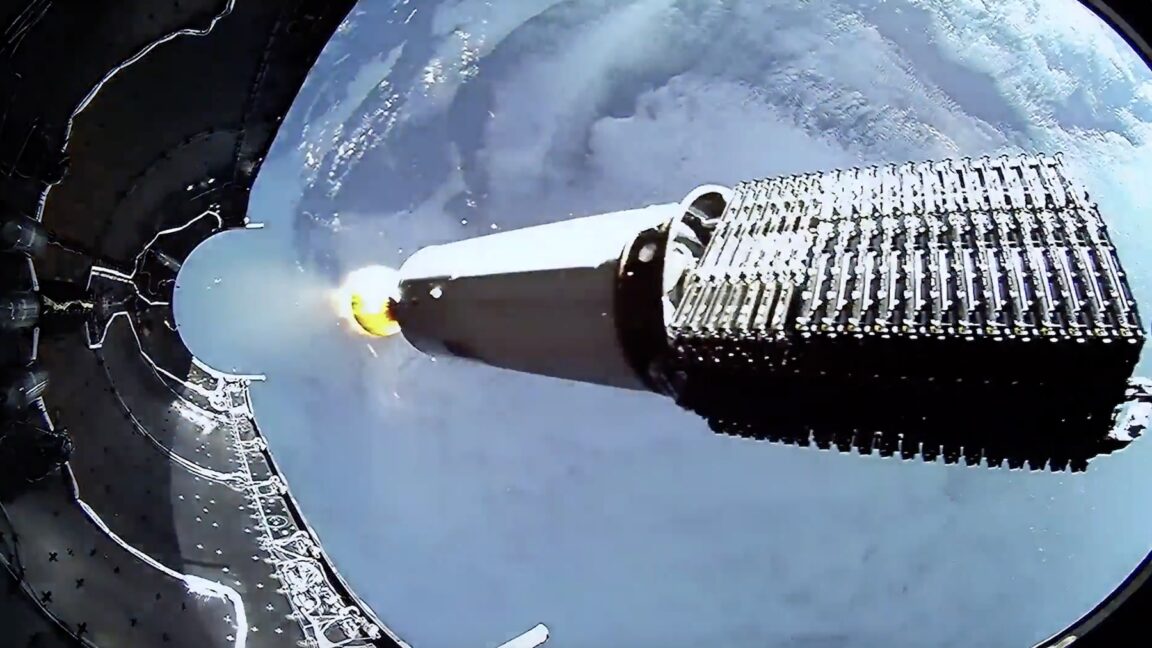Zeros and Poles
This is the 8-th post in the series with my notes on complex integration, corresponding to Chapter 4 in Ahlfors’ Complex Analysis.
In the last post we talked about removable singularities. We learned that it’s a special case of what is called isolated singularities. In this post we’ll talk about another type of isolated singularity, known as a pole, and its counterpart, a zero.
Removable singularities are “nice” because we’ve learned that we can extend holomorphic functions to remove it. The constraint is that the singularity $a$ must satisfy $\lim_{z \rightarrow a} (z - a) f(z) = 0$.
As Corollary 6. in [3] shows, this also implies that $\lim_{z \rightarrow a} f(z)$ exists (it’s finite). In this post we’ll consider the case in which $\lim_{z \rightarrow a} f(z) = \infty$. If we 3D-plot the magnitude of a complex function $f$ (where $xy$-plane is the complex and $z$-axis is the magnitude) we’ll obtain a surface that looks like a pole of sorts around $a$.
Let $f$ be a holomorphic function in $\Omega \setminus a$. A point $a$ is a zero of $f$ if $f(a) = 0$. Conversely, a point $a$ is a pole of $f$ if it’s a zero of $1/f$, i.e. $1/f(a) = 0$.














/cdn.vox-cdn.com/uploads/chorus_asset/file/25531810/STK175_DONALD_TRUMP_CVIRGINIA_D.jpg)

